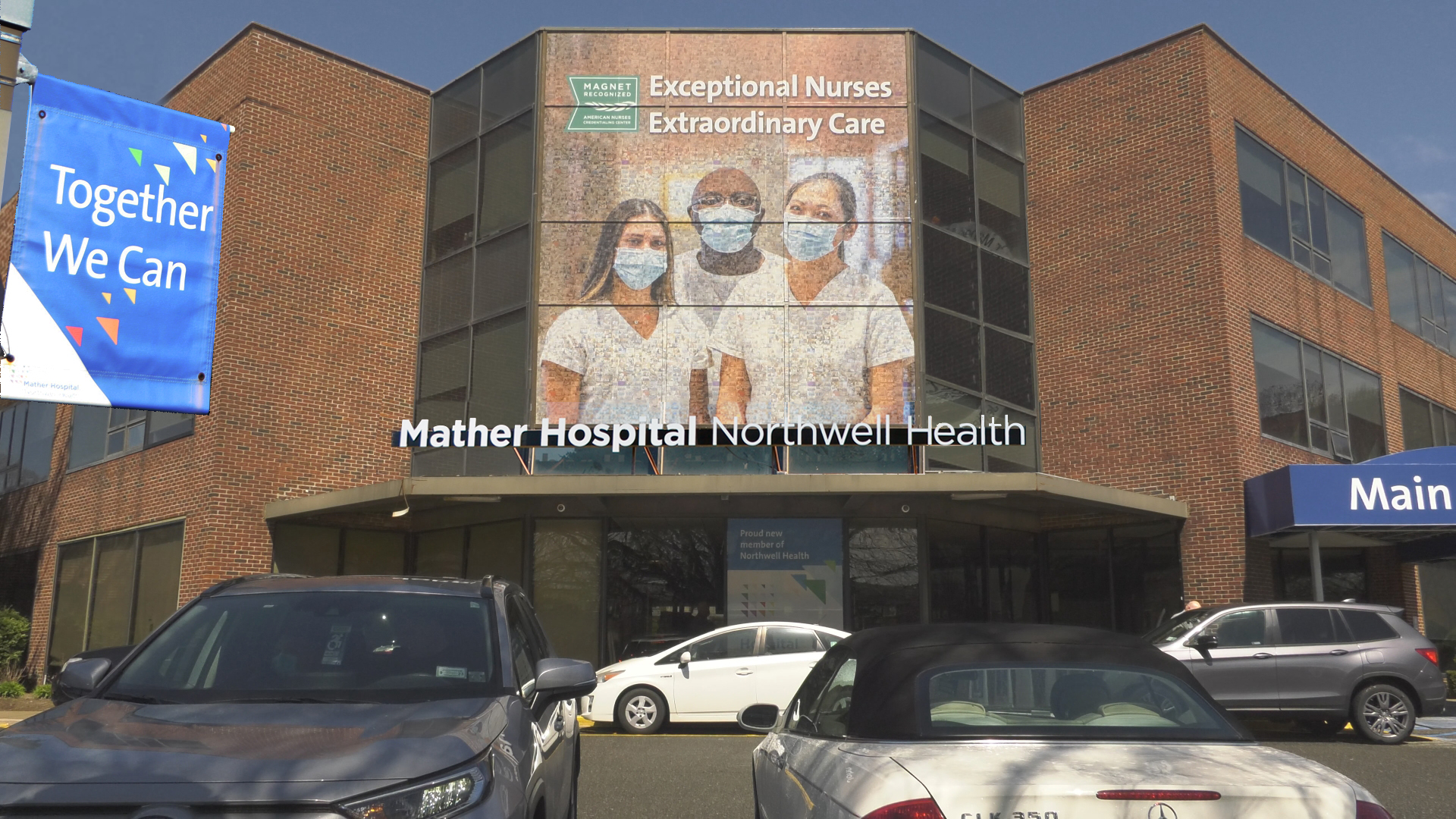Varicose veins are swollen and enlarged veins that are noticeable just under the surface of the skin. This is caused by a back-up of blood due to weakened or damaged veins. The most common symptoms include visible veins, skin irritation, and heavy legs. Our interventional radiologist can perform an endovenous laser ablation treatment, which uses heat to close the veins that are causing issues. A thin laser fiber will be inserted into the vein that will cause the vein to shrink. The procedure is typically very well tolerated and normal activity can be resumed once completed.
Conditions Treated and Procedures Performed
- Conditions Treated: Spider veins
- Reason for Procedure: Spider veins can cause symptoms, such as pain or itching, and can be cosmetically bothersome for patients. Spider vein sclerotherapy is a minimally invasive procedure performed to remove unwanted spider veins.
- How It’s Performed: An Interventional Radiologist will access your spider veins using a very small needle and inject a sclerosant solution that will cause the veins to fade over time.
- Anesthesia: Local Anesthesia
- Recovery Time: 30 – 60 minutes
- For more information and to schedule a consultation with one of our IR physicians, please call 631-403-7088
- Conditions Treated: Symptomatic varicose veins, greater saphenous vein (GSV) reflux
- Reason for Procedure: GSV ablation aims to reduce the size of varicose veins, improve symptoms, enhance quality of life, and prevent or treat complications associated with chronic venous disease, such as venous ulcers in patients who have failed conservative management.
- How It’s Performed: An Interventional Radiologist will access your greater saphenous vein using ultrasound guidance. A small radiofrequency or laser wire will be advanced into your vein and used to damage and close the vein, thereby reducing flow to your varicose veins, causing them to shrink over time.
- Anesthesia: Conscious Sedation
- Recovery Time: 1 hour
- For more information and to schedule a consultation with one of our IR physicians, please call 631-403-7088
- Conditions Diagnosed: Primary aldosteronism (Conn’s Syndrome), adrenal Cushing’s Syndrome, pheochromocytoma localization, syndromes of androgen excess, adrenal gland dysfunction
- Reason for Procedure: Adrenal vein sampling is most often performed to diagnose the source of excess aldosterone hormone production in one or both adrenal glands. By pinpointing the affected adrenal gland, adrenal vein sampling may help determine the most appropriate treatment strategy, which may include medical or surgical management. Adrenal vein sampling remains the gold standard technique for identifying the source of excess aldosterone production in patients with primary hyperaldosteronism.
- How It’s Performed: An Interventional Radiologist will access a vein in your leg. Under image guidance, a small catheter will be advanced into the veins that drain your adrenal glands. Samples of blood will be taken and submitted for laboratory analysis.
- Anesthesia: Conscious Sedation
- Recovery Time: 2 hours
- For more information and to schedule a consultation with one of our IR physicians, please call 631-403-7088
- Conditions Treated: Deep venous thrombosis, pulmonary embolism, venous thromboembolism, blood clots
- Reason for Procedure: To prevent blood clots from traveling to lungs, which can result in shortness of breath and death in patients who cannot receive blood thinners
- How It’s Performed: An Interventional Radiologist will access a vein usually in your neck or leg. A small protective basket will be deployed in a large vein in your abdomen (usually the inferior vena cava) to prevent blood clots from traveling to the lungs. IVC filters can be removed at a later date when they are no longer required, but they can also remain in place permanently if needed.
- Anesthesia: Local Anesthesia, Conscious Sedation
- Recovery Time: 1-2 hours
- For more information and to schedule a consultation with one of our IR physicians, please call 631-403-7088
- Conditions Treated: IVC Filter
- Reason for Procedure: To remove IVC filters that are no longer needed, that have migrated, or that are causing blockage of veins
- How It’s Performed: An Interventional Radiologist will access veins usually in your neck or leg. Small catheters will be advanced near the IVC filter. Contrast dye is injected under X-ray guidance to study your veins. A small snare of other tools can then be used to capture and remove the filter.
- Anesthesia: Conscious Sedation, General Anesthesia
- Recovery Time: 1-2 hours
- For more information and to schedule a consultation with one of our IR physicians, please call 631-403-7088
- Conditions Treated: Pelvic venous disease, pelvic venous insufficiency, pelvic congestion syndrome, pelvic varices, gonadal vein reflux
- Reason for Procedure: Varicose veins can develop in your abdomen and pelvis for various reasons, including hormone changes during pregnancy, genetic or anatomic variation, as well as other medical conditions and lifestyle factors. These distended veins may not drain properly, leading to chronic achy and crampy pelvic pain, pain with sexual intercourse, and pain with prolonged standing. Pelvic venography is the gold standard method used to diagnose abnormal pelvic veins. Embolization can be performed to block these veins, providing long lasting symptomatic relief.
- How It’s Performed: An Interventional Radiologist will access a vein in your neck, arm, or leg. A small catheter will be advanced into your pelvic veins, and contrast dye will be injected to study the veins. If abnormal veins are discovered, blood flow in these veins can be blocked by placing metal coils and plugs, as well as other medications.
- Anesthesia: Conscious Sedation
- Recovery Time: 1-2 hours
- For more information and to schedule a consultation with one of our IR physicians, please call 631-403-7088
- Conditions Treated: Blood clots, deep venous thrombosis, pulmonary embolism, venous thromboembolism, portal vein thrombosis
- Reason for Procedure: Blood clots can form in your veins for many reasons, including injury, cancer, immobility, and surgery. At times these clots can be symptomatic or life threatening, and they might need to be removed (thrombectomy) or dissolved (thrombolysis).
- How It’s Performed: An Interventional Radiologist will access your veins using imaging guidance. Small catheters will be advanced into the blood clot and aspirated out using a vacuum catheter (thrombectomy) or medications will be injected to dissolve the blood clots (thrombolysis).
- Anesthesia: Conscious Sedation
- Recovery Time: Variable. Most cases will require hospital observation.
- For more information and to schedule a consultation with one of our IR physicians, please call 631-403-7088
- Conditions Treated: Varicocele, Male Infertility, Testicular Pain
- Reason for Procedure: Varicoceles can develop due to incompetent valves in your gonadal/spermatic veins. Large varicoceles can cause chronic, dull, achy pain in the testicles. In certain cases, varicoceles can cause decreased sperm count and lead to male infertility. Varicocele embolization can provide symptomatic relief and improve fertility.
- How It’s Performed: An Interventional Radiologist will access a vein in your arm, neck, or leg. Under X-ray guidance, a small catheter will be advanced into the abnormal veins, and contrast dye will be injected to study the veins. If enlarged veins are noted, they can be occluded using metal coils, plugs, or other chemical agents, reducing blood flow to the varicocele and improving symptoms.
- Anesthesia: Conscious Sedation
- Recovery Time: 2 hours
- For more information and to schedule a consultation with one of our IR physicians, please call 631-403-7088
- Conditions Treated: Symptomatic blood clots in the arms, legs, and abdominal veins, deep venous thrombosis (DVT), post-thrombotic syndrome, iliocaval occlusion, iliocaval venous obstruction
- Reason for Procedure: Patients with blood clots are required to be on blood thinners. DVT thrombectomy can be performed to speed up recovery time, improve venous flow, and help reduce the risk of developing post thrombotic syndrome, a condition that can develop after DVT, which can cause chronic venous insufficiency. Post thrombotic syndrome is characterized by leg pain, swelling, skin changes, and in severe cases, venous stasis ulcers.
- How It’s Performed: An Interventional Radiologist will access a vein in your leg or neck. Contrast dye will be injected to map the veins. Catheters and wires will be advanced into the blood clot. Using vacuum or retrieval devices, the clot will be removed. Sometimes medications are administered directly into your blood clots to dissolve them. At times, the veins may be ballooned open, and stents may be placed to keep veins open.
- Anesthesia: Conscious Sedation, General Anesthesia
- Recovery Time: 2-4 hours. Often times, patients require hospital observation after the procedure, for close monitoring.
- For more information and to schedule a consultation with one of our IR physicians, please call 631-403-7088
- Conditions Treated: Deep venous thrombosis, venous stenosis, May-Thurner Syndrome, iliocaval occlusion, iliocaval venous obstruction, post thrombotic syndrome
- Reason for Procedure: Veins can become occluded or narrowed due to blood clots and anatomical variation, among other etiologies. If venous occlusion or disease is suspected, a diagnostic venogram may be performed. Venography is the gold standard for diagnosing certain venous conditions, and treatment can often be performed at the same time.
- How It’s Performed: An Interventional Radiologist will access a vein in your arm, neck or leg. A small catheter will be advanced into the vein of interest under X-ray guidance. Contrast dye is injected to map out and study your veins. If veins are blocked or narrowed, they can be opened using various techniques. In certain cases, stents can be placed to help keep your veins open.
- Anesthesia: Conscious Sedation, General Anesthesia
- Recovery Time: 2 hours
- For more information and to schedule a consultation with one of our IR physicians, please call 631-403-7088

